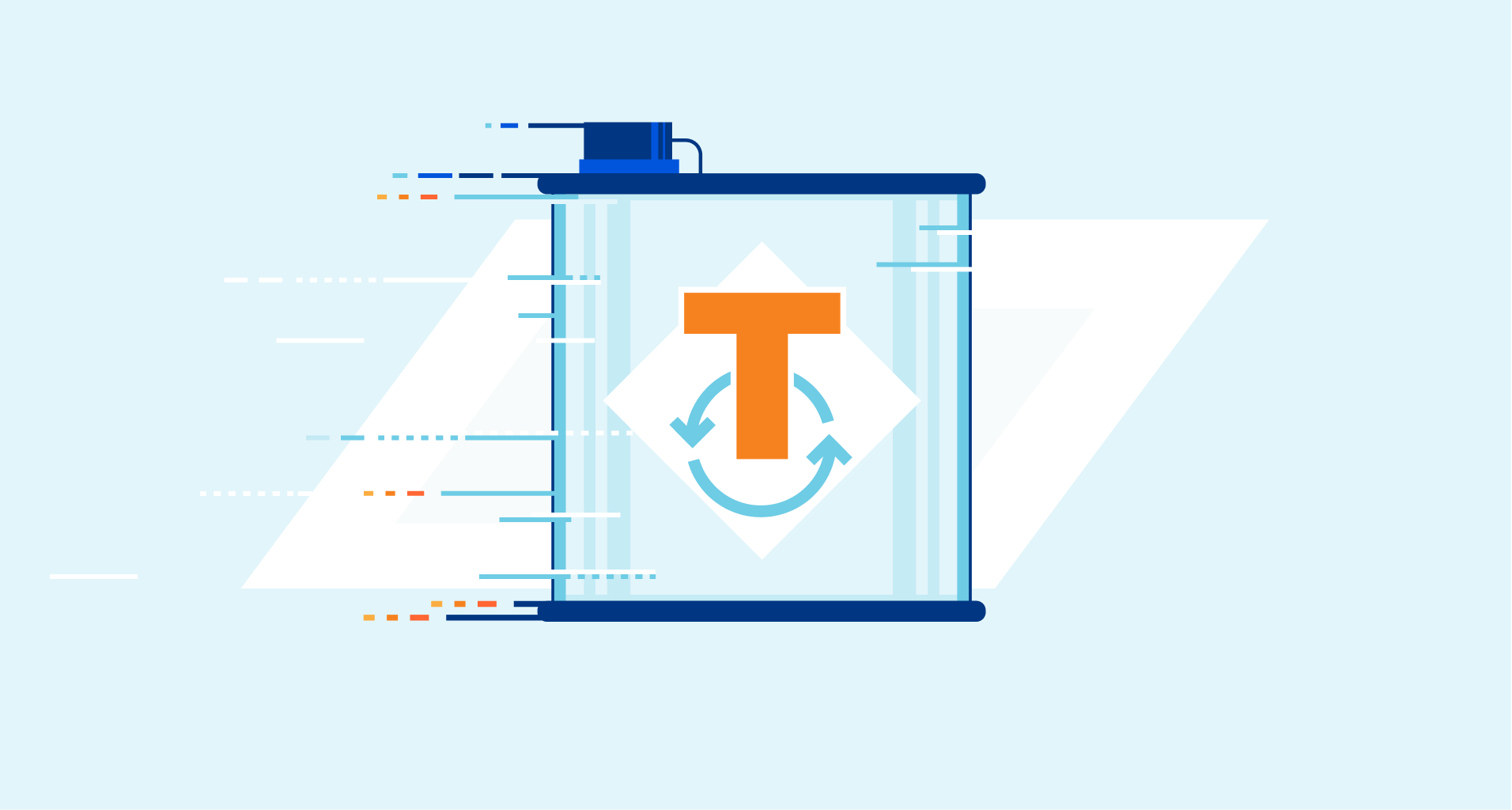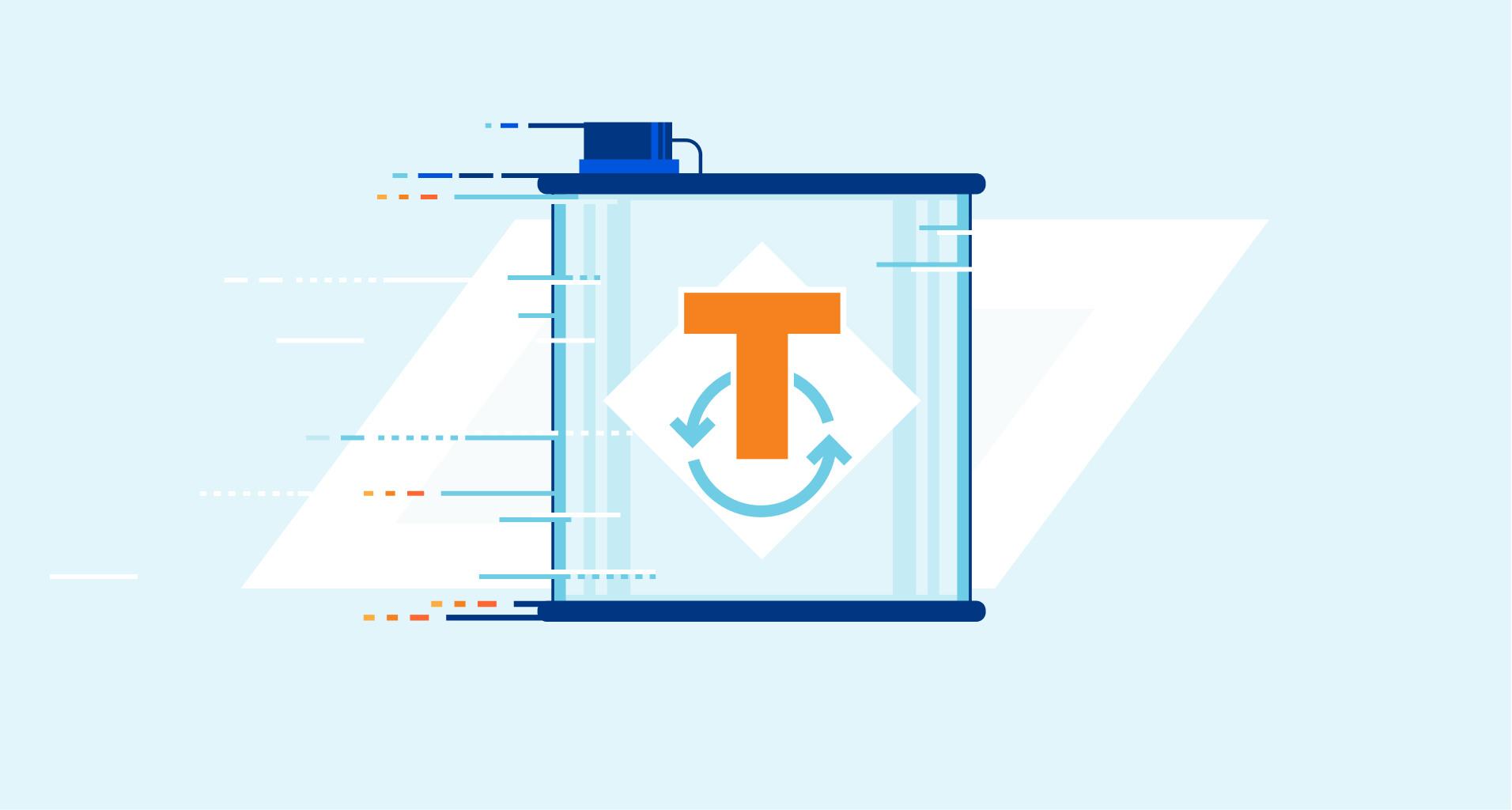Post Syndicated from Sam Marsh original http://blog.cloudflare.com/turpentine-v2-migration-program/


We understand the pain points associated with CDN migrations. That's why in late 2021 we introduced Turpentine, a project to the process of translating the old Varnish Configuration Language (VCL) into Cloudflare Workers with just a push of a button. After nearly two years of testing and user feedback, we’ve tailored the migration processes for different user groups.
Today, we are thrilled to relaunch Turpentine, and introduce Cloudflare's new Migration Hub. The Migration Hub serves as a one-stop-shop for all migration needs, featuring brand-new migration guides that bring transparency and simplicity to the process.
We also know that a large number of customers aren't comfortable doing migrations themselves. Years of built up business logic makes unpacking and translating CDN configurations between different vendors difficult and locks businesses into subpar products and services. To help these customers we have established a Professional Services group to ensure smooth migrations for customers transitioning to Cloudflare’s first-class products. Going forward, we plan to continue to invest resources in Turpentine to ensure that moving to any part of Cloudflare is easy and you have the help you need.
Why choose Cloudflare?
Cloudflare has gained immense popularity among businesses seeking to improve website performance, security, and reliability. The demand for Cloudflare's CDN services has skyrocketed, with an ever-increasing number of companies wanting to use our services to help protect their web properties. It became evident that a more streamlined approach was needed to empower customers to self-guide through the onboarding process if they wanted.
That’s why we’ve shipped guides to help bring transparency to the migration process, compare Cloudflare's Rules or Workers to VCL or XML configurations, and provide mappings of different products between vendors. This resource serves as a repository of information and step-by-step guidance for those seeking to move to Cloudflare. These guides are designed to empower customers to take control of their onboarding journey by providing them with the tools and resources they need to understand how to successfully implement Cloudflare's first-class products without needing to talk to anyone.
As new features and enhancements are introduced to Cloudflare, the landing page will be updated to reflect these changes.
However, undertaking the onboarding process independently can be daunting for some businesses. We understand that every organization is unique, with specific requirements and challenges. To address this concern, Cloudflare has established a dedicated Professional Services team. This team of experts works closely with customers, taking the time to understand their environments, assess their needs, and provide tailored guidance and support throughout the migration process. With the help of the professional services team, businesses can transition to Cloudflare being guided by an experienced team to ensure a timely, smooth and successful migration. Using the Migration Hub, you can get in contact with the Professional Services team to help your migration journey.
Whether you prefer self-guided exploration or expert guidance, the Cloudflare Migration Hub has everything you need to make your migration journey a success.
Self-serve guides
Our commitment to transparency and empowering our customers led us to create comprehensive public-facing guides that provide valuable insights into how CDN products compare and overlap. With these guides, you can gain a clear understanding of the features and capabilities offered by Cloudflare, and how they map between CDN offerings you might be more familiar with.

The migration guides include product maps that show how you can match Cloudflare features to Akamai or Fastly features and how to configure them. Using this information, migration should just be about matching up rules and implementing instead of translating feature names between vendors or fiddling with ChatGPT prompts to correctly (or incorrectly!) translate code from one vendor to the other. There are also numerous examples of how certain configurations have been accomplished with code examples that help customers configure and understand their current configuration and translate them into Cloudflare products, easily. Check them out here.
Not only that, but Cloudflare’s commitment to providing numerous free tools across our network means anyone can sign-up and get access to much of our platform without needing to talk to anyone. We believe in giving you the tools and knowledge you need to navigate the migration and testing process independently, while knowing that our support is just a click away whenever you need it.
Let us do it for you with Professional Services

We're also incredibly excited to introduce our dedicated team of migration experts, known as Professional Services, who are here to assist you throughout the entire process. The Professional Service team will work closely with you, offering their expertise and guiding you through each step to ensure a seamless transition onto Cloudflare’s products.
Too often, we meet with customers who have been intimidated by the complexity of their current CDN vendor. They had help setting it up by a third party and have experienced the nervousness of trying to change things without knowing what impacts it could have downstream. This is compounded by different CDNs using different terminology for essentially the same concepts.
Professional Services is here to help guide your onboarding experience and cut through that uncertainty.
From providing in-depth knowledge about the migration process and tooling to addressing any specific challenges you may encounter, our Professional Services team is committed to making your migration experience as smooth and efficient as possible. With Cloudflare's Professional Services, you can confidently embark on your migration journey, knowing that our experts will handle the complexities while empowering you to drive the migration process forward.
Success Stories
By leveraging Cloudflare's migration solutions, numerous businesses have achieved remarkable results, including improved performance, enhanced security, and streamlined pricing. These success stories serve as a testament to the effectiveness and reliability of Cloudflare's migration offerings.
Improve cost and performance by migrating to Cloudflare
A mobile communications leader successfully migrated its public website, after 20 years with Akamai, to Cloudflare for a better digital experience plus >20% cost savings.
The company’s decision to decentralize purchasing of CDN services illuminated the high cost of using Akamai for its public-facing websites.
A short proof-of-concept of Cloudflare Application Performance suite resulted in measurable cost savings and performance improvements. It was also determined the flexibility to integrate additional Cloudflare tools, like Workers for serverless compute offerings, would enable the organization to scale further when ready.
Avoid reliability concerns by migrating to Cloudflare
A UK sporting giant with a devoted international fan community was deeply concerned about their spikey traffic associated with game days. Often these matches saw 10x the normal website traffic. Unfortunately, incumbent vendors weren’t up for the challenge of providing the performance and uptime reliability to their fans during these game day traffic spikes.
After migrating to Cloudflare, the results spoke for themselves. In one 24-hour match day, the site received over 11 million requests. Cloudflare’s cache served over 93% of them with eaze while providing a 100% uptime guarantee.
Get started today
We invite you to visit our Migration Hub and explore our comprehensive offerings.
Migrating from one CDN to another can be a daunting task, but with Cloudflare's Migration Hub and Professional Services, the process becomes more straightforward and hassle-free. We are committed to empowering our customers with the resources, support, and expertise needed to transition smoothly to Cloudflare's advanced solutions.



